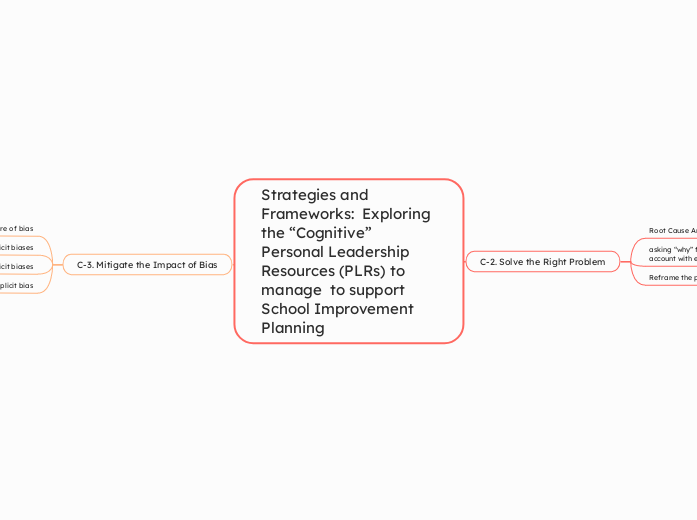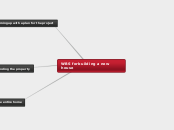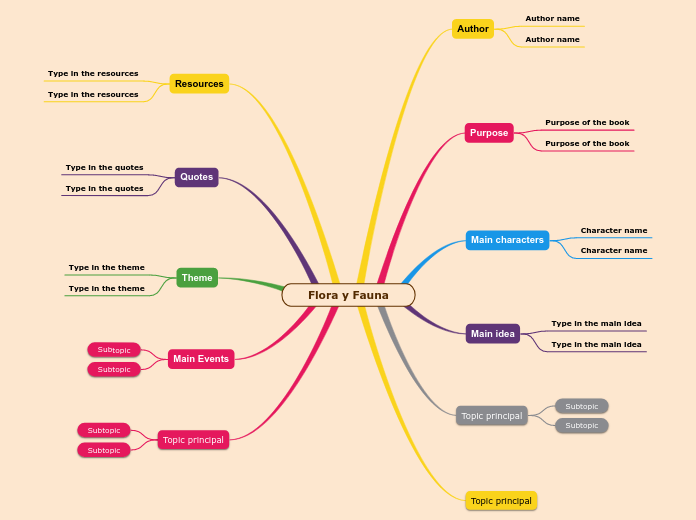a Terrence Brathwaite 5 hónapja
49
Strategies and Frameworks: Exploring the “Cognitive” Personal Leadership Resources (PLRs) to manage to support School Improvement Planning
Effective school improvement planning requires addressing and mitigating implicit biases while focusing on solving the right problems. Implicit biases, whether racial, cultural, or financial, can significantly impact decision-making processes, and it is essential for educators to recognize and address these biases to ensure fair and equitable outcomes.









